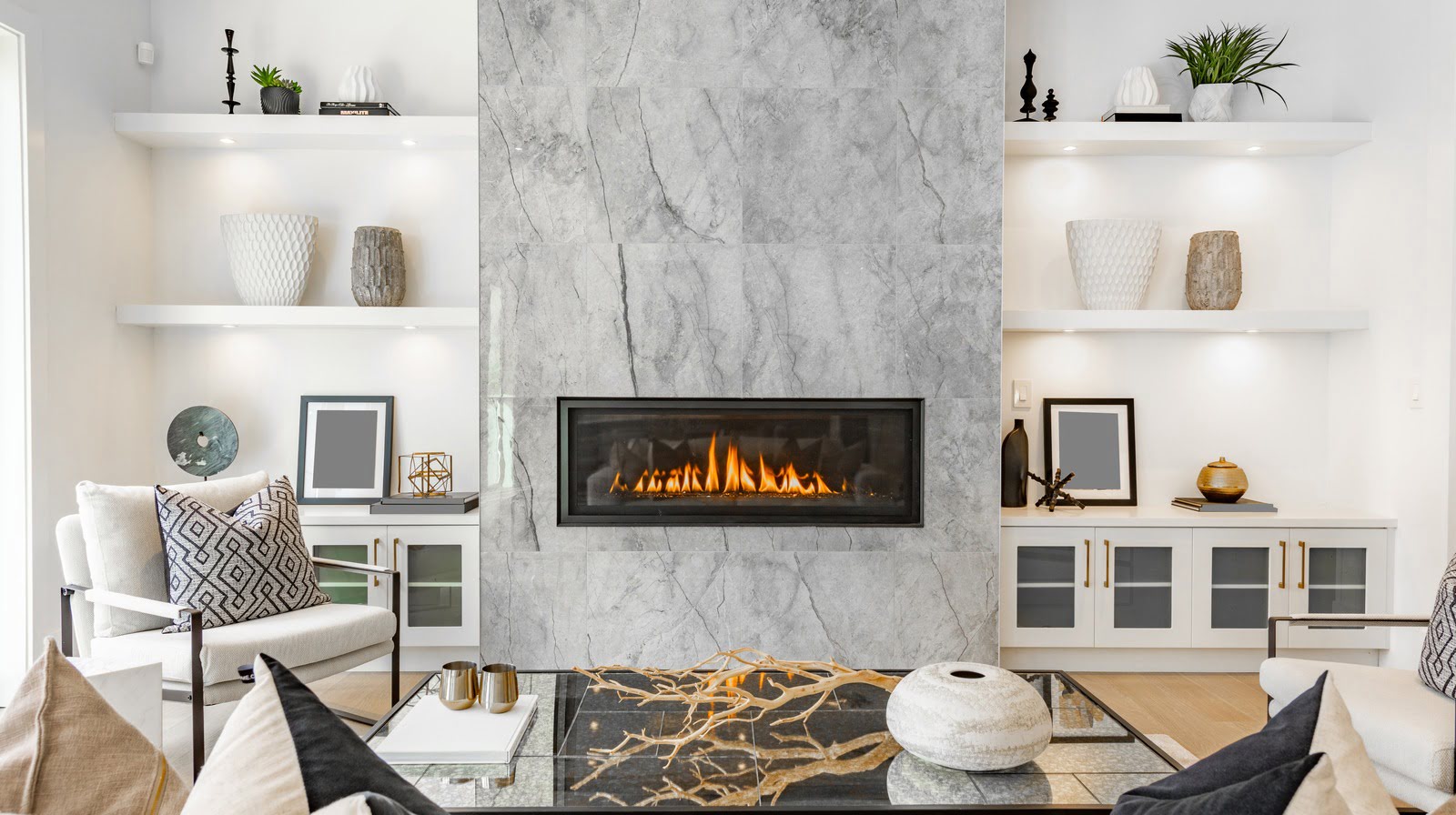

Articles
How To Run A Gas Line To Your Fireplace
Modified: October 20, 2024
Learn how to run a gas line to your fireplace with our informative articles. Discover the step-by-step process and essential safety measures to ensure a successful installation.
(Many of the links in this article redirect to a specific reviewed product. Your purchase of these products through affiliate links helps to generate commission for Storables.com, at no extra cost. Learn more)
Introduction
Welcome to this comprehensive guide on how to run a gas line to your fireplace. Adding a gas line to your fireplace can bring warmth and coziness to your home, providing a beautiful focal point in the room. However, it is important to approach this project with safety in mind and follow proper procedures to ensure a successful installation.
Before you begin, it is crucial to familiarize yourself with the safety precautions associated with working with gas lines. Gas leaks can be dangerous, so it is essential to take the necessary precautions to protect yourself and your home. Always consult with a professional if you are unsure about any aspect of this installation.
In this guide, we will walk you through each step of running a gas line to your fireplace, ensuring that you have all the information and resources you need to complete the project safely and effectively.
Key Takeaways:
- Prioritize safety by following proper gas line installation procedures, including measuring, cutting, and testing for leaks. Seek professional assistance if uncertain about any step to ensure a secure and functional fireplace.
- Enjoy the warmth and coziness of a gas fireplace by carefully reconnecting components and testing the gas line for proper functionality. Prioritize safety and consult professionals for a successful installation.
Read more: How To Run A Gas Line To A Fire Pit
Safety Precautions
When working with a gas line, it is crucial to prioritize safety. Gas leaks can lead to fires, explosions, and serious injuries, so taking proper precautions is essential. Here are some safety measures to keep in mind before starting the gas line installation process:
- Turn off the gas supply: Before beginning any work, locate the main gas shut-off valve in your home and turn off the gas supply. This is typically located near the gas meter.
- Have proper ventilation: Ensure that the area where you will be working has adequate ventilation. Open windows and doors to allow fresh air to circulate, as gas fumes can be harmful when inhaled in high concentrations.
- Wear protective gear: Always wear safety goggles, gloves, and a mask to protect yourself from any potential hazards or debris that may be encountered during the installation process.
- Work in a well-lit area: Make sure you have sufficient lighting when working on the gas line to ensure that you can see clearly and avoid potential mistakes or accidents.
- Avoid flames, sparks, and smoking: Keep any open flames, sparks, or smoking materials away from the area where you will be working. Gas leaks can be highly flammable and may ignite if exposed to a source of ignition.
- Use proper tools and equipment: Ensure that you have the appropriate tools and equipment for the job. Using the wrong tools can lead to accidents and improper installations. If you are unsure about which tools to use, consult with a professional.
- Check for gas leaks: Before starting the installation process, it’s important to check for existing gas leaks. You can use a gas leak detector or a solution of soapy water to identify any leaks. If you detect a gas leak, evacuate the area immediately and contact a professional.
Remember, if you are uncertain about any aspect of running a gas line to your fireplace, it is always best to seek the guidance and assistance of a certified professional. Your safety and the safety of your home should always be the top priority.
Gathering Materials and Tools
Before you can begin running a gas line to your fireplace, it is important to gather all the necessary materials and tools. Having everything prepared in advance will make the installation process go much smoother. Here is a list of the items you will need:
- Gas line: Determine the length of gas line needed based on the distance from the gas source to your fireplace. Make sure to choose the appropriate size and type of gas line recommended for your specific fireplace model.
- Fittings and connectors: You will need various fittings and connectors to join the gas line sections together and connect them to the fireplace. Ensure that the fittings and connectors are compatible with your gas line and fireplace requirements.
- Gas shut-off valve: Install a gas shut-off valve near the fireplace for easy access in case of emergencies or maintenance. The valve should be easily operable and meet safety regulations.
- Pipe wrench: A pipe wrench is essential for tightening and loosening fittings and connectors. Make sure to choose a wrench that is appropriate for the size of your gas line and fittings.
- Leak detection solution: A leak detection solution, commonly known as soapy water, is used to check for gas leaks. It helps identify any leaks by producing bubbles when applied to gas connections.
- Teflon tape: Teflon tape is used to provide a secure and leak-proof seal on threaded gas connections. Wrap the tape around the threads in a clockwise direction before making the connections.
- Adjustable wrench: An adjustable wrench is needed to tighten and secure the fittings and connectors. It is versatile and can be adjusted to fit different sizes.
- Protective gloves and goggles: It is crucial to protect your hands and eyes during the installation process. Wear gloves to prevent any injuries and goggles to shield your eyes from potential hazards.
- Tape measure: Use a tape measure to accurately measure the distance between the gas source and your fireplace. This will help ensure that you have the correct length of gas line.
- Drill and drill bits: In some cases, you may need to drill holes to accommodate the gas line or secure brackets and supports. Having a drill and appropriate drill bits on hand will make this task easier.
Once you have gathered all the necessary materials and tools, you will be ready to move on to the next steps of running a gas line to your fireplace. Double-check that you have everything you need before starting the installation to avoid any delays or complications.
Determining the Length of Gas Line Needed
Before you can begin running a gas line to your fireplace, it is crucial to determine the length of gas line needed. This will ensure that you have the correct amount of piping to reach from the gas source to your fireplace.
To accurately measure the length of the gas line, follow these steps:
- Locate the gas source: Identify the location of the gas line that you will be connecting to. This is typically near the main gas shut-off valve or gas meter.
- Plan the route: Determine the path that the gas line will take from the gas source to your fireplace. Consider any obstacles, such as walls or floors, that may require the gas line to be routed around or through.
- Measure the distance: Using a tape measure, measure the distance from the gas source to the location where the gas line will enter the fireplace. Be sure to account for any twists, turns, or bends in the path.
- Add extra length: It is recommended to add an additional 10-20% to the measured distance to account for any unforeseen adjustments or changes during the installation process. This extra length will ensure that you have enough gas line to complete the installation.
- Cut the gas line: Once you have determined the total length of gas line needed, use a pipe cutter or appropriate cutting tool to cut the gas line to the desired length. Make sure to measure twice and cut once to avoid any mistakes.
Remember, it is always better to have slightly more gas line than you need rather than being short. Having extra gas line will give you flexibility if you need to make adjustments or modifications during the installation. It is easier to trim the excess later than to add more pipe in the middle of the process.
By accurately measuring the length of gas line needed, you can ensure a smooth and efficient installation process. This step is crucial for the overall success of running a gas line to your fireplace. Once you have determined the length, you can move on to preparing for the installation and shutting off the gas supply.
Shutting Off Gas Supply
Before you begin the installation of the gas line to your fireplace, it is essential to shut off the gas supply. This step ensures your safety and prevents any accidents or gas leaks during the process.
Follow these steps to shut off the gas supply:
- Locate the main gas shut-off valve: The main gas shut-off valve is typically located near the gas meter or where the gas line enters your home. It may be inside the house or outside, depending on your setup.
- Turn off the gas supply valve: Rotate the shut-off valve clockwise or according to the manufacturer’s instructions to shut off the gas supply. This will cut off the flow of gas to your home.
- Verify gas supply shut-off: To ensure that the gas supply is completely shut off, test for gas at any nearby gas appliances such as stoves or water heaters. If there is no gas flowing, the shut-off was successful.
- Release any remaining gas: To release any remaining gas in the pipes, turn on a gas appliance or burner and let it run until it no longer produces a flame or the gas pressure decreases.
It’s important to note that if you are unsure about shutting off the gas supply or if you detect a gas odor, you should immediately evacuate your home and contact your gas provider or a professional gas service technician for assistance. Gas leaks can be extremely dangerous, so it is always better to err on the side of caution.
By shutting off the gas supply, you ensure a safe working environment and minimize the risk of accidents or gas leaks during the installation process. Remember to carefully follow the next steps in the gas line installation process to ensure a successful outcome.
Read more: How Long Can I Run My Gas Fireplace
Removing Existing Fireplace Components (if applicable)
If you have an existing fireplace, it may be necessary to remove certain components before running a gas line to it. This step is important to ensure proper installation and to create space for the new gas line. Please note that if you are not comfortable or experienced in working with fireplaces, it is recommended to seek the assistance of a professional.
Follow these steps to remove existing fireplace components:
- Turn off the fireplace: Make sure the fireplace is turned off, and the flames or heating elements are completely extinguished. If applicable, disconnect any electrical connections powering the fireplace.
- Remove the fireplace doors or screens: If your fireplace has doors or screens, gently remove them by loosening any screws or attachments. Set them aside in a safe place for reassembly later.
- Detach the front panel or surround: Depending on the design of your fireplace, there may be a front panel or surround that needs to be removed. This could be made of wood, stone, or another material. Carefully detach any fasteners or screws holding it in place, taking care not to damage the surrounding area.
- Disconnect the gas line: If your existing fireplace is connected to a gas line, you will need to disconnect it. Turn off the gas supply valve leading to the fireplace, and then carefully disconnect the gas line using an adjustable wrench. Take caution to avoid damaging the gas line or creating any gas leaks.
- Remove any additional components: Depending on the type of fireplace, there may be additional components that need to be removed, such as logs, grates, or decorative elements. Follow the manufacturer’s instructions or consult a professional if you are unsure about removing any specific components.
It’s essential to handle all components with care during the removal process to prevent damage or injury. Remember to keep track of any hardware or small parts that are removed and store them in a safe place for reinstallation later.
Once you have successfully removed the necessary fireplace components, you can proceed with the next steps of running the gas line. If you are uncertain about any aspect of this process or if your fireplace is complex or unique, it’s best to consult a professional to ensure a proper and safe installation.
When running a gas line to a fireplace, always consult a professional to ensure proper installation and safety. It’s important to follow local building codes and regulations to avoid any potential hazards.
Measuring and Cutting Gas Line
Once you have prepared the area and removed any necessary components, it’s time to measure and cut the gas line for your fireplace installation. This step is crucial to ensure that you have the correct length of gas line and that it fits properly within your designated space.
Follow these steps to measure and cut the gas line:
- Prepare the workspace: Clear a clean and well-lit workspace for measuring and cutting the gas line. Ensure that you have enough room to work comfortably and safely.
- Measure the distance: Take the measurements you obtained earlier for the length of gas line needed and mark it on the pipe accordingly. Use a tape measure or a cutting guide to ensure accuracy.
- Make a straight cut: Before cutting, double-check your measurements to ensure accuracy. Using a pipe cutter, make a straight cut through the gas line at the marked location. Be sure to hold the cutter firmly to ensure a clean and even cut.
- Remove burrs: After cutting the gas line, you may notice some rough edges or burrs. Use a file or sandpaper to smooth out any rough areas, ensuring a clean and even surface.
It’s important to exercise caution and follow the manufacturer’s instructions when using a pipe cutter. Take your time to make precise cuts, as accuracy is crucial for a properly functioning gas line.
If you find that the gas line is too long after cutting, it may be necessary to trim it further. Remember to re-measure and mark the pipe before making any additional cuts. It’s better to have slightly more gas line than needed, as it can be adjusted later, but having too little will require additional modifications and potentially delay the installation process.
Once you have measured and cut the gas line, you can move on to the next step of the installation process, which involves installing the gas line to your fireplace.
Installing Gas Line
With the gas line measured and cut to the appropriate length, you can now proceed with the installation process. Installing the gas line requires careful attention to detail and adherence to safety guidelines. It’s crucial to follow these steps to ensure a successful and secure installation:
- Inspect the gas line: Before installation, inspect the gas line for any signs of damage or defects. Ensure that the ends of the pipe are clean and free from debris or obstructions.
- Apply pipe sealant: Apply an appropriate pipe sealant or thread sealant to the threaded ends of the pipe. This will help create a tight and leak-proof seal between the fittings and the gas line.
- Connect the fittings: Attach the fittings and connectors to the gas line according to the manufacturer’s instructions. Ensure that they are tightened securely but avoid over-tightening, which can damage the threads. Use an adjustable wrench to tighten the fittings if needed.
- Install the gas line: Position the gas line in the designated area, following the planned route. Use brackets or clamps to secure the gas line to the walls or floor, ensuring that it is stable and properly aligned.
- Connect to the gas source: Depending on the type of fireplace and gas source, connect the gas line to the appropriate connection point. Use an adjustable wrench to secure the connection, ensuring a tight and leak-free seal.
- Test for leaks: Once the gas line is installed, it is essential to test for leaks before proceeding. Apply a leak detection solution or a solution of soapy water to all the connections and joints. If you notice any bubbles or a distinct smell of gas, there may be a leak. In such cases, immediately shut off the gas supply and consult a professional.
Throughout the installation process, it’s important to prioritize safety and take necessary precautions. Always refer to the manufacturer’s instructions for specific guidelines and consult a professional if you have any concerns or uncertainties. With the gas line successfully installed, you can move on to the next steps of the fireplace installation, such as checking for leaks and reconnecting any components that were removed.
Checking for Leaks
Once the gas line is installed and connected, it is crucial to thoroughly check for any leaks. Gas leaks can be extremely dangerous and pose a significant risk, so taking the time to perform this step is of utmost importance. Follow these steps to check for leaks:
- Ensure proper ventilation: Before proceeding with the leak check, make sure the area is well-ventilated. Open windows and doors to allow for adequate airflow.
- Shut off pilot lights and ignition sources: Turn off any pilot lights or ignition sources in the vicinity to minimize the risk of a fire or explosion during the leak check.
- Prepare a solution for leak detection: Mix a solution of soapy water by combining water with a few drops of dish soap in a spray bottle. Shake the bottle gently to create suds.
- Spray the solution on all connections: Spray the soapy water solution onto all the connections, fittings, and joints along the gas line. Pay close attention to areas where fittings are joined or where the gas line connects to the fireplace. Do not forget to check the gas shut-off valve as well.
- Observe for bubbles or unusual odor: Inspect the sprayed areas and look for any signs of bubbles forming. If you notice bubbles or if you detect a distinct smell of gas, it indicates a gas leak. In such cases, shut off the gas supply immediately and seek professional assistance.
- Perform a thorough inspection: Carefully inspect the entire length of the gas line, including any exposed pipes and connections, to ensure there are no leaks. Take your time to thoroughly examine each area.
If you detect any leaks during the inspection, it is crucial to address them immediately. Turn off the gas supply, ventilate the area, and contact a certified professional to repair the leak and ensure the safety of your home. Do not attempt to repair gas leaks yourself unless you are a trained professional.
Performing a thorough leak check is a critical step in the gas line installation process. It provides peace of mind knowing that your gas line is secure and that there are no potential hazards. Once you have verified that there are no leaks present, you can proceed with reconnecting any fireplace components that were previously removed and move on to testing the gas line.
Read more: What Is A Gas Fireplace
Reconnecting Fireplace Components (if applicable)
If you had to remove any fireplace components during the gas line installation, such as doors, screens, or decorative elements, it’s now time to reconnect them. Reconnecting these components will help restore the appearance and functionality of your fireplace. Follow these steps to reconnect fireplace components:
- Clean the components: Before reattaching the fireplace components, clean them thoroughly to remove any dust, debris, or build-up that may have accumulated during the installation process.
- Align the components: Carefully align the doors, screens, or decorative elements with the appropriate mounting or attachment points on the fireplace. Ensure that they fit securely and are oriented correctly.
- Secure the components: Use the necessary screws, fasteners, or brackets to secure the fireplace components in their designated positions. Follow the manufacturer’s instructions for the proper installation method.
- Tighten the connections: Use a screwdriver or appropriate tools to tighten any screws, bolts, or other fasteners. Make sure the connections are secure but be careful not to overtighten, as it may cause damage.
- Test functionality: Once everything is reconnected, test the functionality of the fireplace components. Open and close the doors or screens, ensuring they operate smoothly. Check for any abnormalities or issues that may require further adjustment.
- Inspect for any leaks: With the fireplace components reconnected, take a moment to inspect the connections for any signs of gas leaks. Use a soapy water solution or a gas leak detector to check for any potential leaks. If you find a leak, shut off the gas supply and seek professional guidance.
It’s important to handle the fireplace components with care during the reconnection process to prevent any damage. If you encounter any difficulties or are uncertain about the proper reattachment method, it is recommended to consult the fireplace manufacturer’s instructions or seek professional assistance.
By reconnecting the fireplace components, you can restore the aesthetic appeal and functionality of your fireplace. These final touches complete the overall installation process and bring you one step closer to enjoying the warmth and ambiance of your upgraded fireplace.
Testing the Gas Line
Testing the gas line is a critical step in ensuring the safety and functionality of your fireplace installation. By thoroughly testing the gas line, you can identify any potential issues or leaks and address them before using the fireplace. Follow these steps to test the gas line:
- Complete all connections: Ensure that all connections are properly tightened and secure, including the gas line, fittings, and fireplace components.
- Turn on the gas supply: Turn on the gas supply at the main gas shut-off valve, and ensure that the gas is flowing to the fireplace.
- Check for leaks: Apply a soapy water solution or a leak detection solution to all the connections, joints, and fittings along the gas line. Inspect for bubbles that may indicate a gas leak. If you detect any leaks, immediately shut off the gas supply and contact a professional for repairs.
- Operate the fireplace: Once you have confirmed that there are no leaks, it’s time to test the fireplace. Follow the manufacturer’s instructions to ignite the fireplace and observe the flame. Ensure that it burns evenly and without any issues.
- Check for proper ventilation: Verify that the fireplace is properly venting the combustion gases, such as carbon monoxide, to ensure the safety of your home. Make sure that the chimney or exhaust vent is clear and functioning correctly.
- Test additional features (if applicable): If your fireplace has additional features, such as a thermostat or remote control, test them to ensure they are functioning properly and in sync with the gas line.
- Monitor for abnormal odors or sounds: While the fireplace is operating, pay close attention for any unusual odors, sounds, or signs of malfunction. If you notice anything out of the ordinary, immediately turn off the fireplace and seek professional assistance.
Testing the gas line and fireplace thoroughly is crucial for your safety and the proper functioning of the system. It is recommended to perform regular checks and maintenance to ensure the ongoing safety and performance of your fireplace.
If you encounter any issues or are unsure about the proper testing procedure, it is best to seek guidance from a qualified professional or contact the fireplace manufacturer for support. They can provide specific instructions and address any concerns you may have.
By diligently testing the gas line and fireplace, you can enjoy the warmth and comfort of your upgraded fireplace with peace of mind, knowing that it is operating safely and efficiently.
Conclusion
Congratulations! You have successfully learned how to run a gas line to your fireplace. By following the steps outlined in this comprehensive guide, you have taken the necessary precautions to ensure your safety and the proper installation of the gas line.
Throughout the process, we emphasized the importance of safety precautions, gathering the right materials and tools, measuring and cutting the gas line accurately, and checking for leaks. Each step is vital to create a secure and functional gas line for your fireplace.
Remember, if you ever feel unsure about any aspect of the installation process or encounter unexpected challenges, it is always recommended to consult a qualified professional. They can provide expert guidance and assistance.
By running a gas line to your fireplace, you have created a cozy and inviting space in your home. Enjoy the warmth and ambiance it brings, but always prioritize safety and follow proper maintenance to ensure ongoing performance.
We hope this guide has been helpful in your journey to upgrade your fireplace. From understanding safety precautions to measuring and cutting the gas line and testing for leaks, you are now equipped with the knowledge to complete this project successfully.
Thank you for taking the time to read this article. We wish you many delightful moments by the fire in your newly improved fireplace!
Frequently Asked Questions about How To Run A Gas Line To Your Fireplace
Was this page helpful?
At Storables.com, we guarantee accurate and reliable information. Our content, validated by Expert Board Contributors, is crafted following stringent Editorial Policies. We're committed to providing you with well-researched, expert-backed insights for all your informational needs.

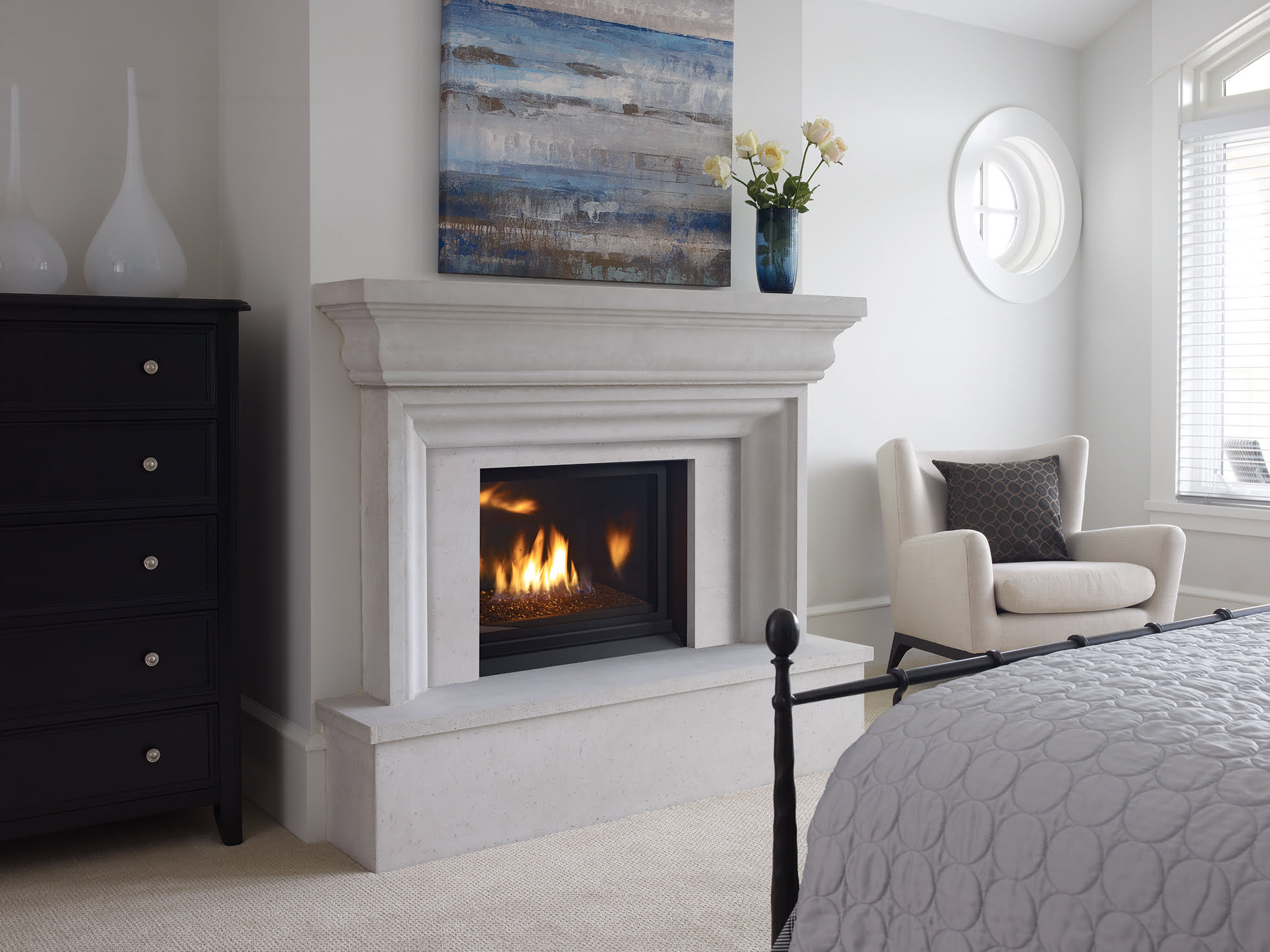
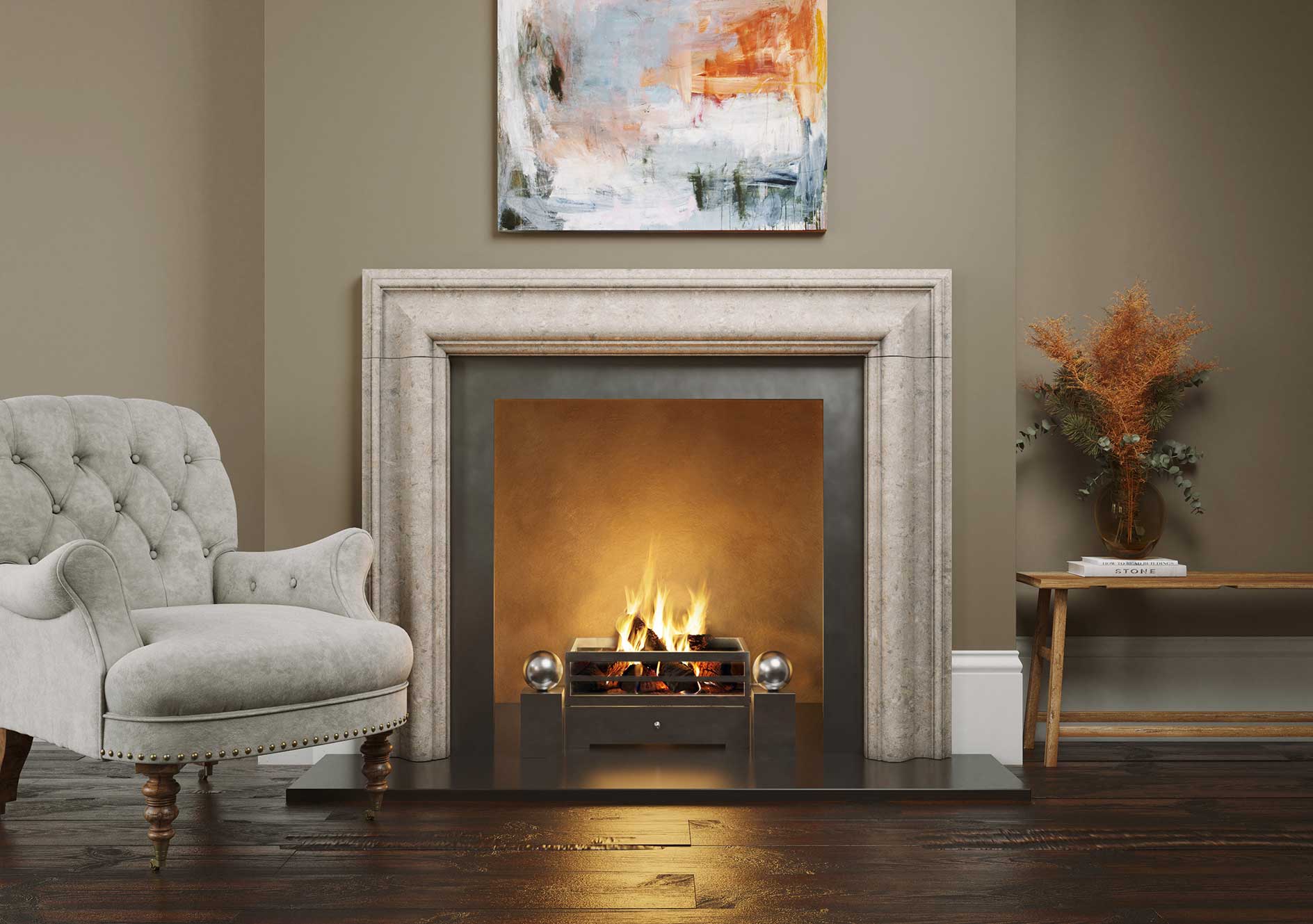
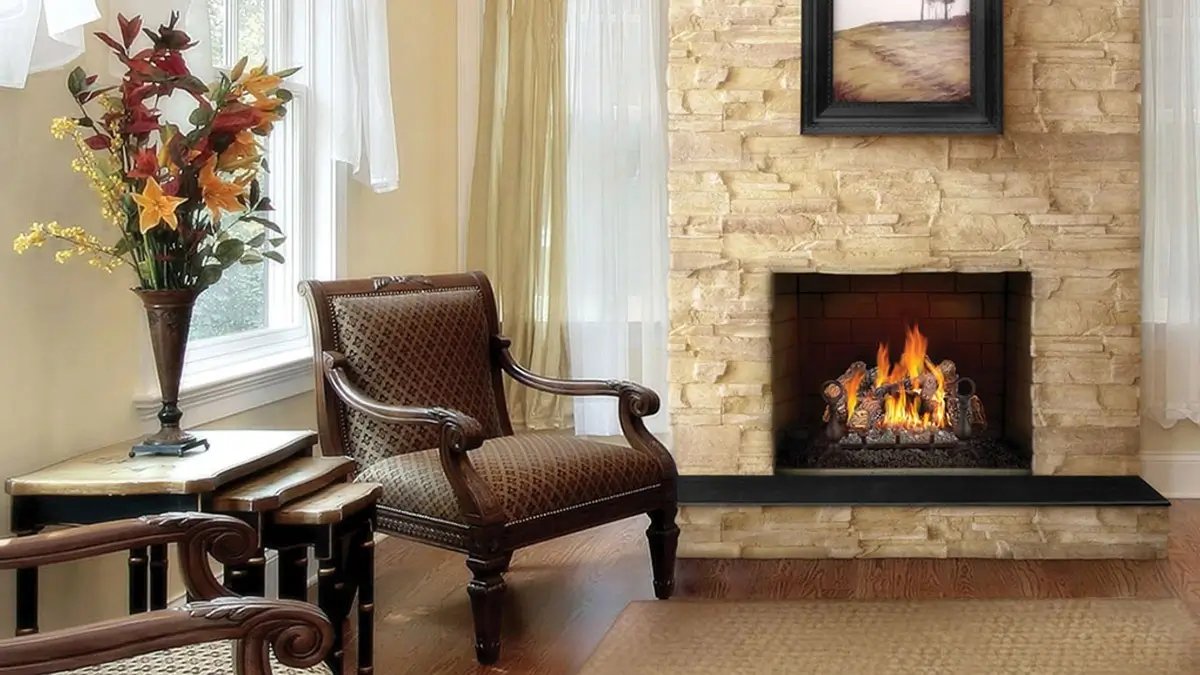

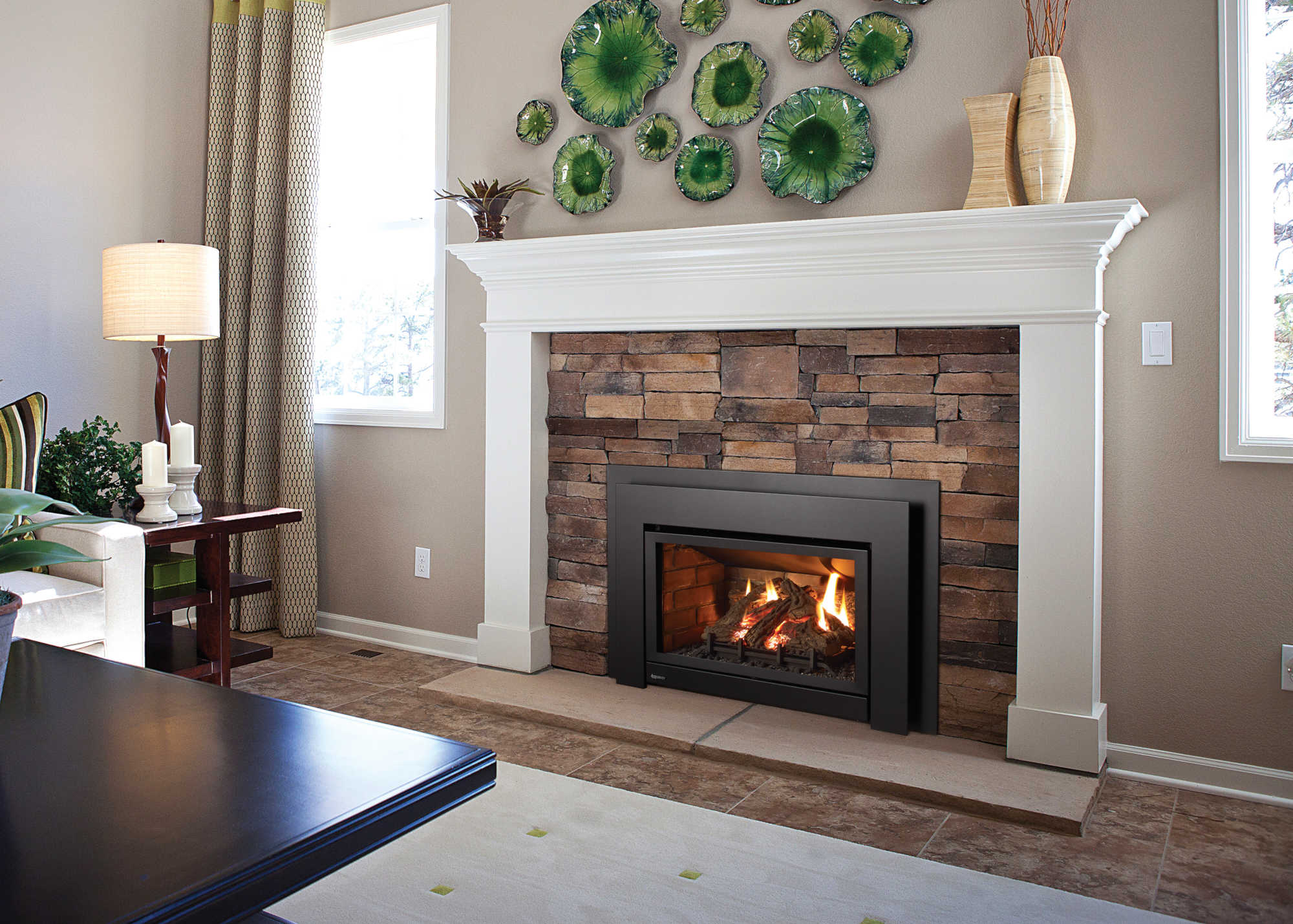
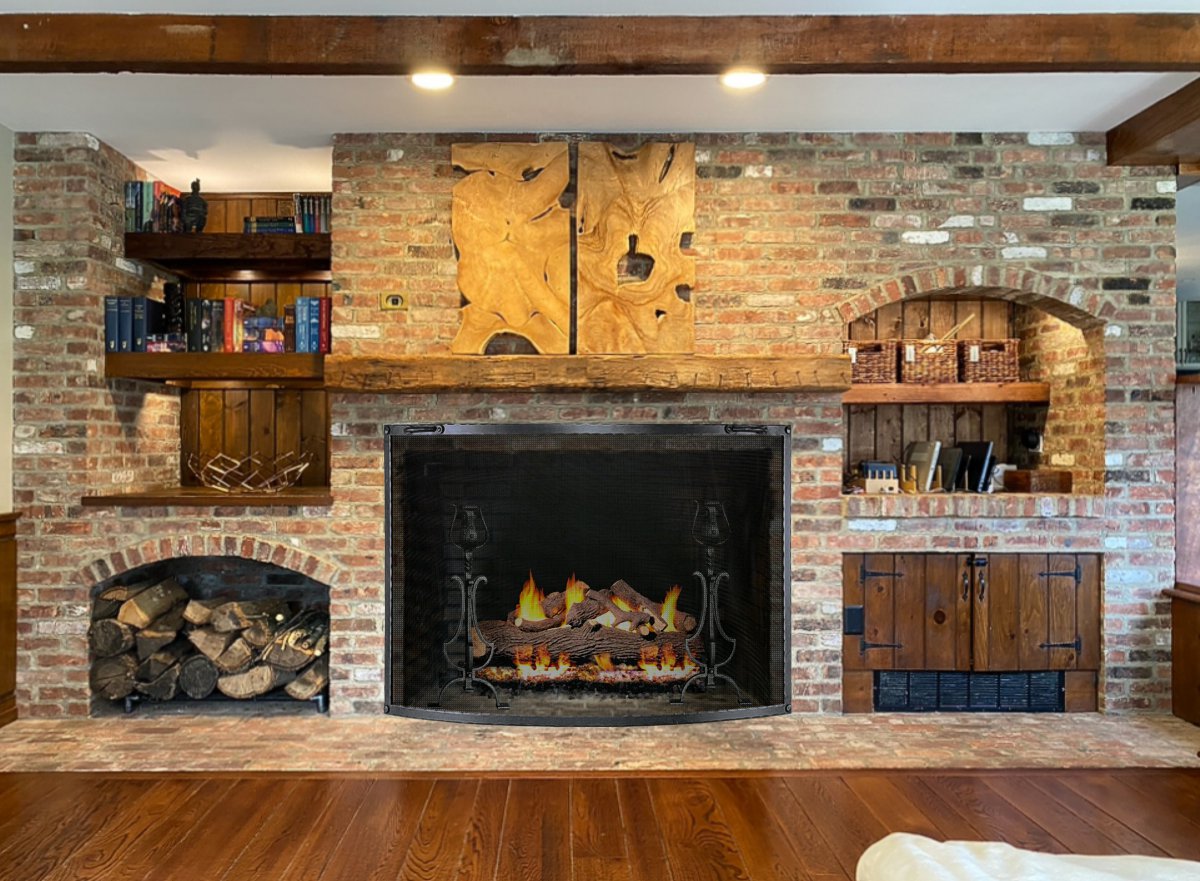
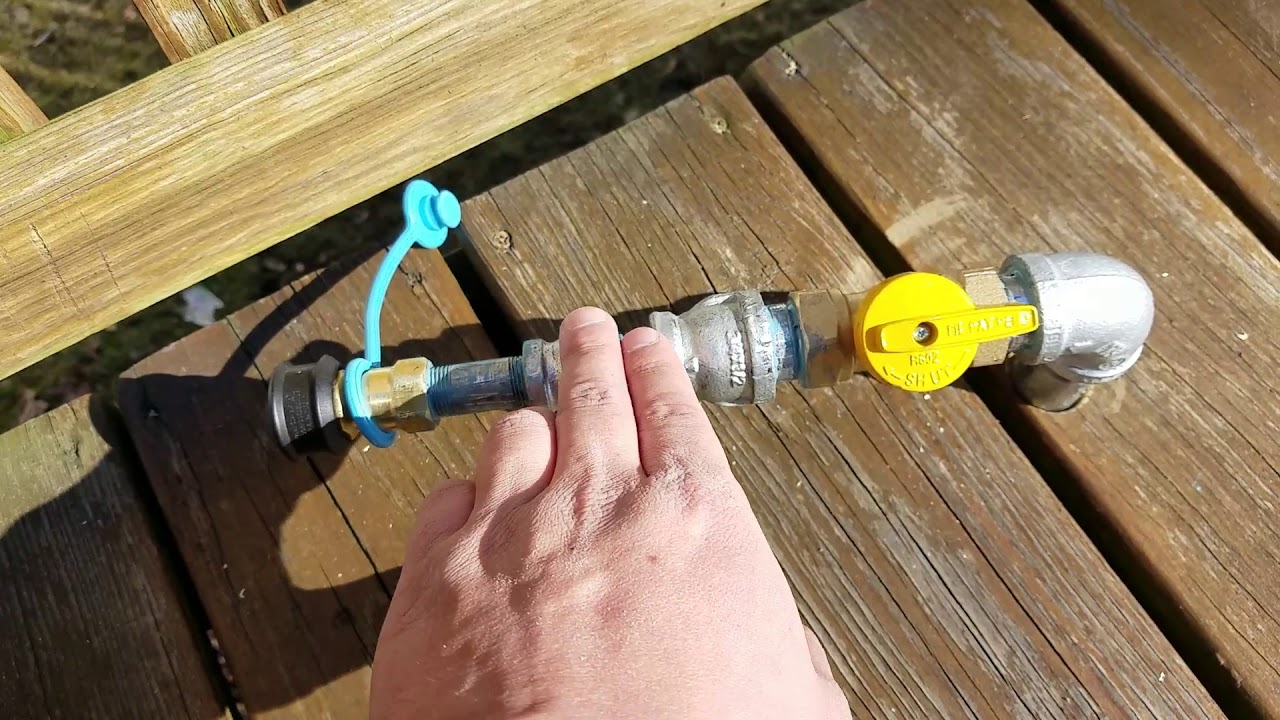
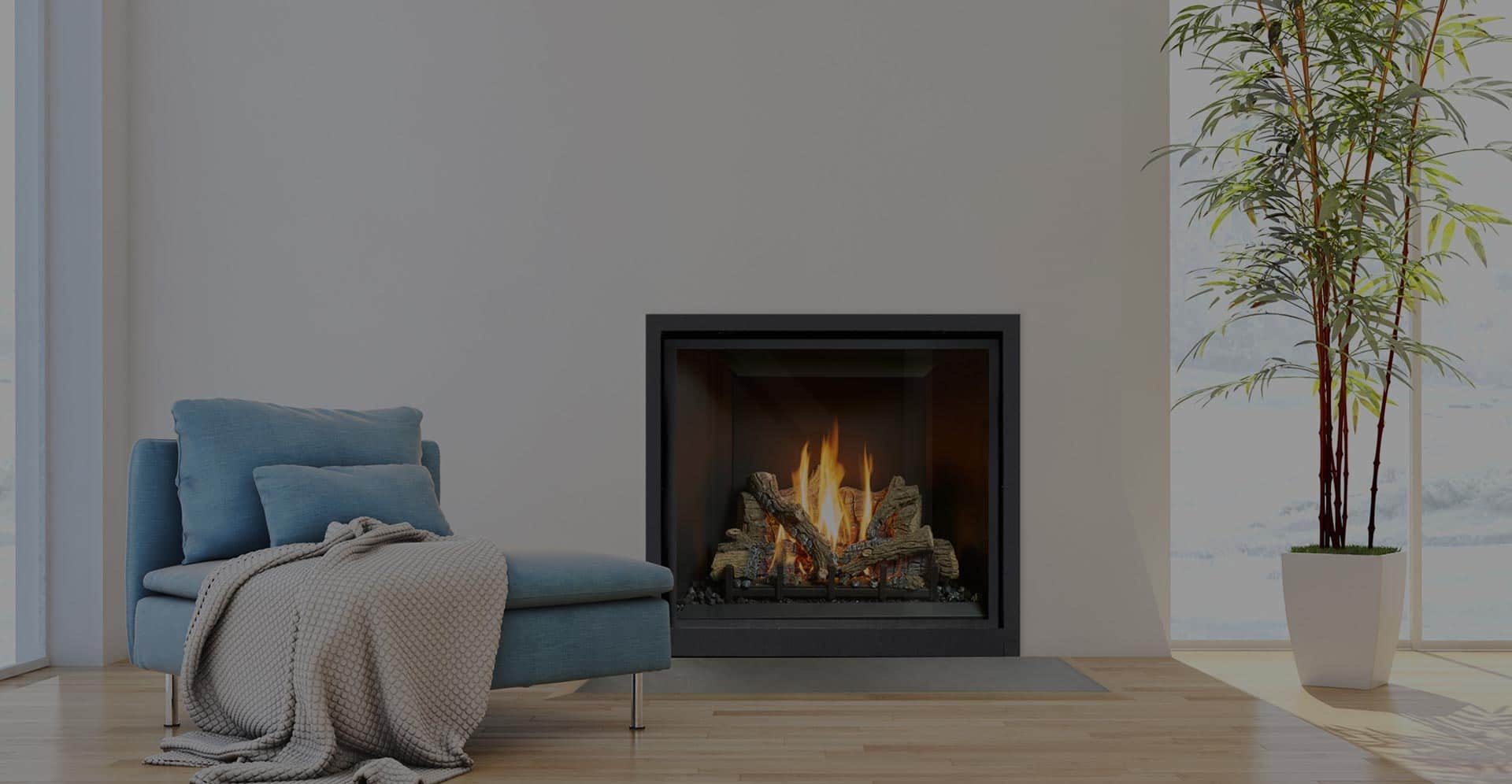
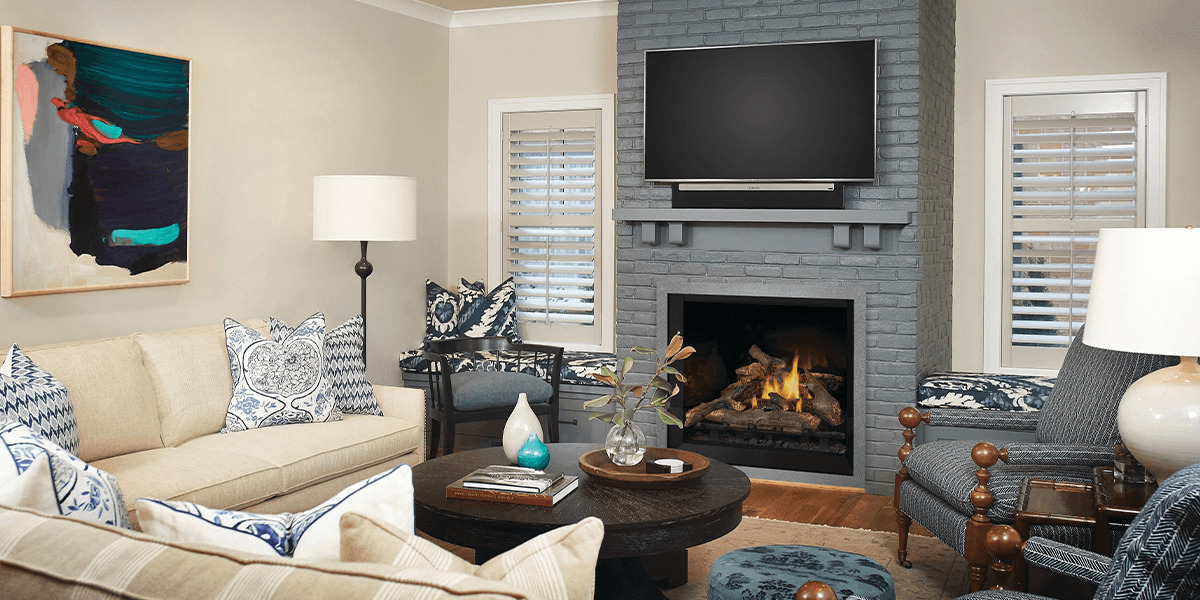
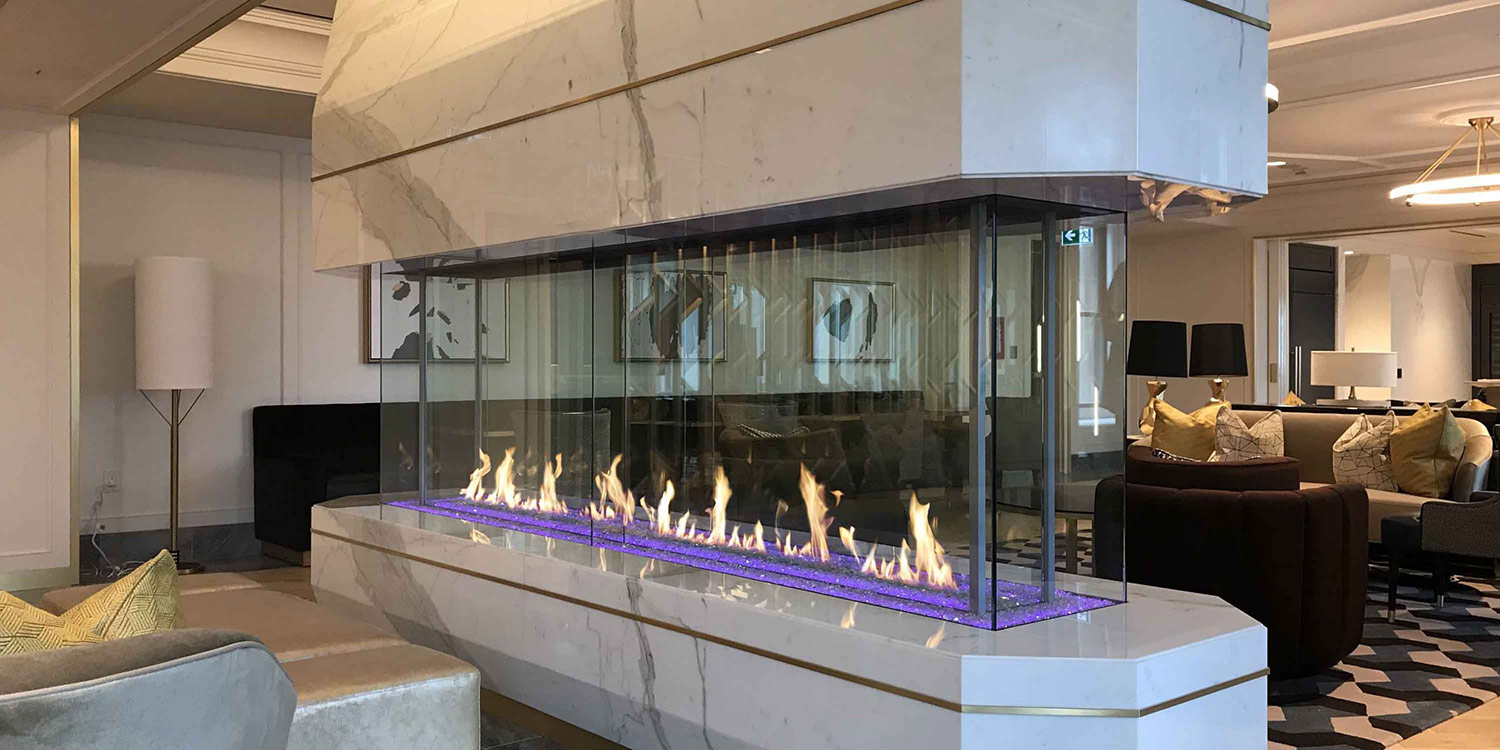
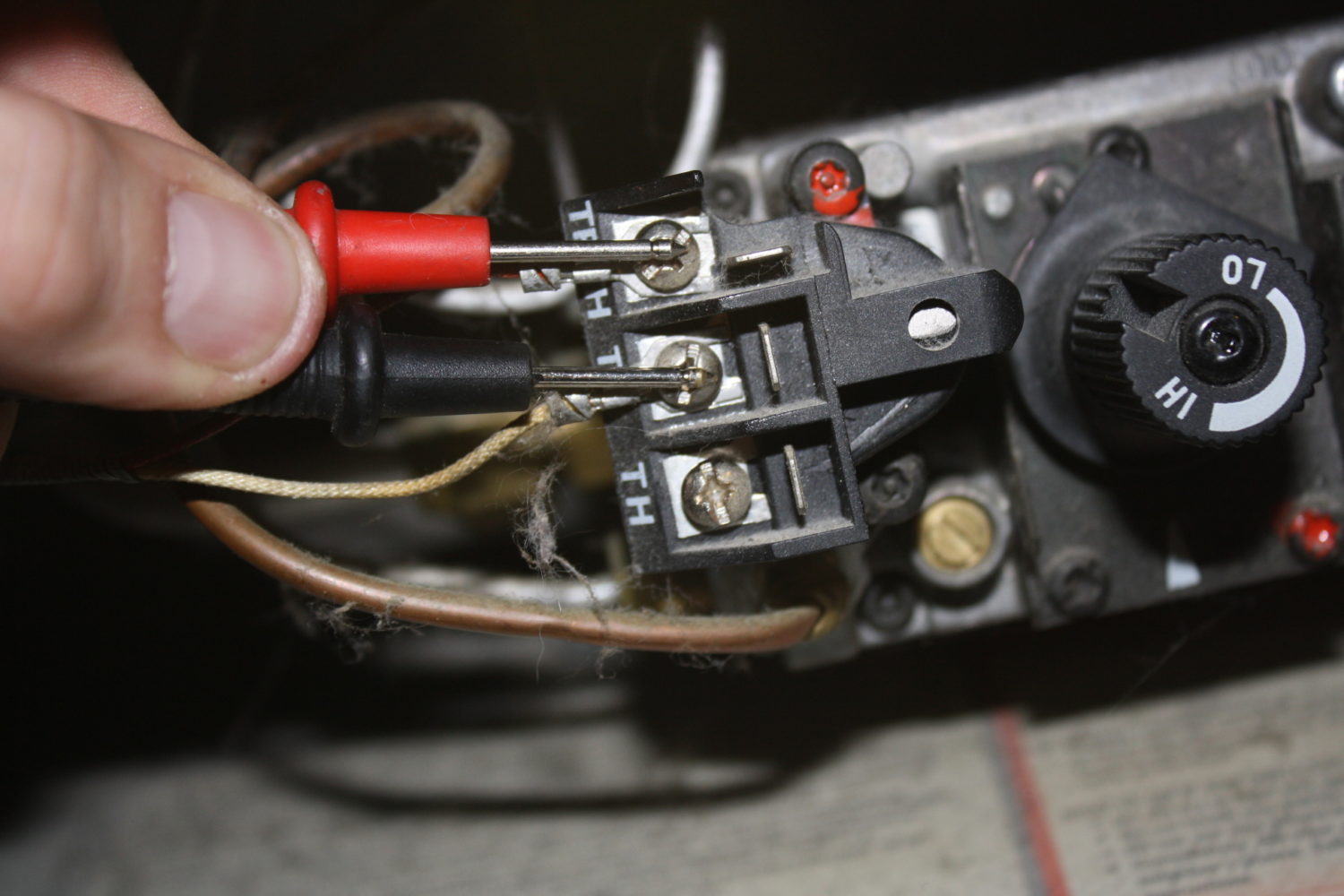
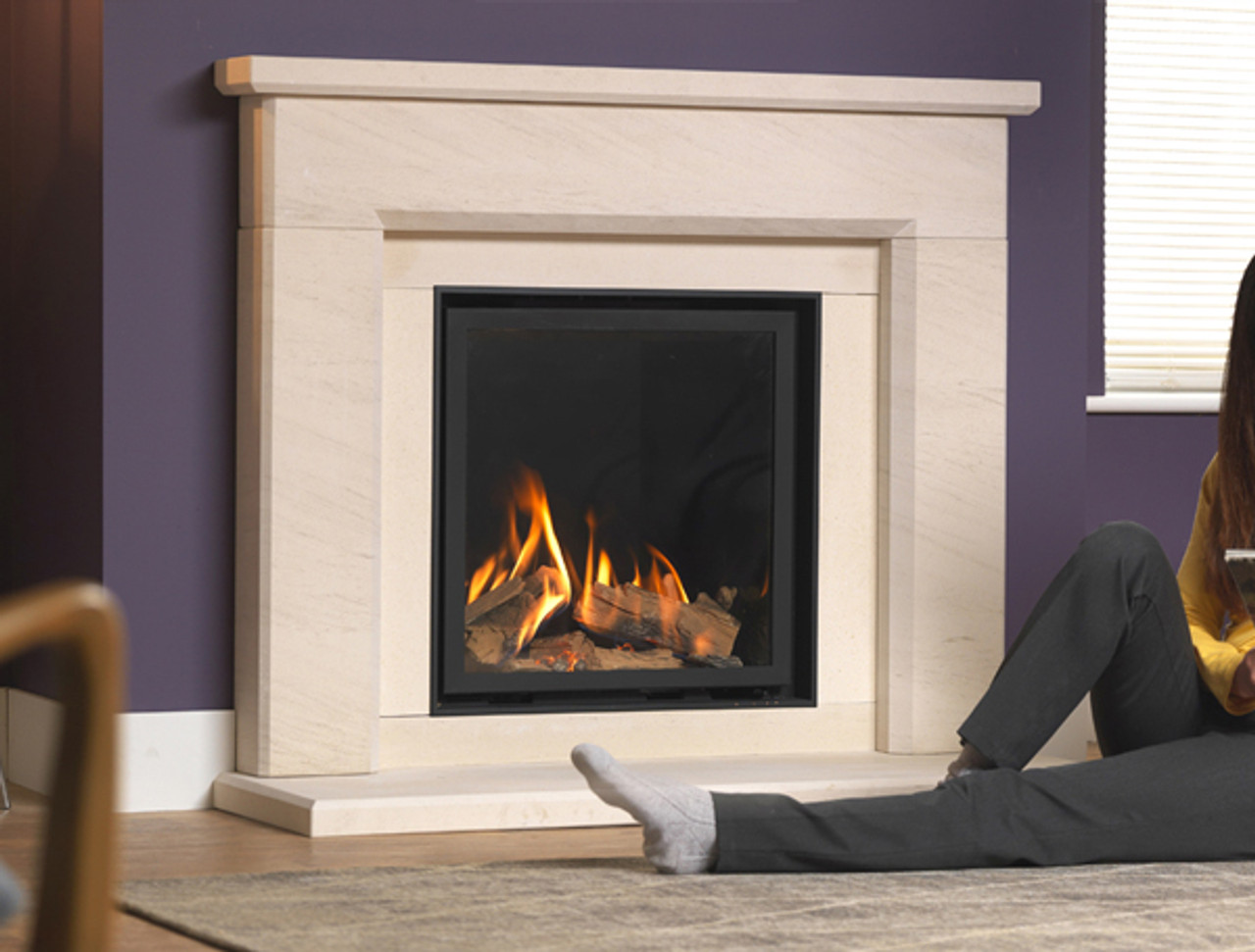

0 thoughts on “How To Run A Gas Line To Your Fireplace”